Emma Baker was 13 and eight days into a New Year’s resolution she’d made not to spring things on her parents at the last minute.
Her mother, Cate, was on a business trip to Atlanta from their home in Rose Hill, Kansas, so Emma called her dad, Scott, for permission to go to a spelling bee in nearby Buhler on Jan. 8, 2013.
Within hours of getting to Buhler, excitement almost ended Emma’s life. No one knew that she had a rare heart condition called Catecholaminergic Polymorphic Ventricular Tachycardia (CPVT). Patients who have CPVT have mutations or faulty changes in that gene, CASQ2, and that causes a cascade of reactions, including abnormal heart cell communication and structural problems with the heart.
In Emma’s case, adrenaline triggers her heart to beat irregularly, and she went into cardiac arrest. Had it not been for a mother in the crowd who knew Hands-Only CPR, Emma likely would not have lived.
“We owe it to everyone to try to help everybody learn CPR,” said Scott. “We’re so blessed, and we’re not gonna let that blessing go unanswered.”
The American Heart Association is working hard to do its part, too. Its CPR in Schools Training Kit enables as many as 20 students at a time to learn lifesaving CPR skills in one class period. With 38 states and the District of Columbia now making CPR training a requirement for high school graduation, the kit is an important way to train more than two million students each year. Teachers and other staff also can be trained.
Cate will never forget when the school’s vice principal called. . “He said, ‘there’s been an incident.’ I thought, ‘What did Emma do?’ But he said, no, it was serious, that Emma wasn’t breathing.”
Scottgot word and raced to Buhler. When he drove up to the hospital, he saw a helicopter with blades whirling and Emma being wheeled toward it on a gurney. A nurse told him that they were taking Emma to a Wichita hospital. As he drove to Wichita, Cate was boarding a plane from Atlanta.

But once Cate and Scott were at the hospital, they still had no answers – and possibly more bad news to come. Doctors said they did not know if Emma would live and, if she did, whether she might have brain damage.
As it turns out, Emma survived with few lasting effects and a fairly quick recovery. Within four days, doctors removed her breathing tube. And while she had short-term memory loss, she eventually regained it. Had the mom in the crowd not been there to start Hands-Only CPR right away, Emma would have had a greater chance of dying.
The Bakers have become fierce advocates of Hands-Only CPR, teaching at schools, festivals and other gatherings.
“The thing that her dad and I took away is that if this had happened in our living room, we wouldn’t have known what to do,” said Cate. Now that they do, they want to make sure others do, too.
People who perform CPR most likely will be trying to save the life of someone they love, as most out-of-hospital cardiac arrests happen in residential settings. One of the great benefits of the CPR in Schools Training Kit is that it increases the number of people who can save a life anywhere. Every student, teacher or staff member who learns CPR from the CPR in Schools Training Kit could also become a lifesaver at home.
